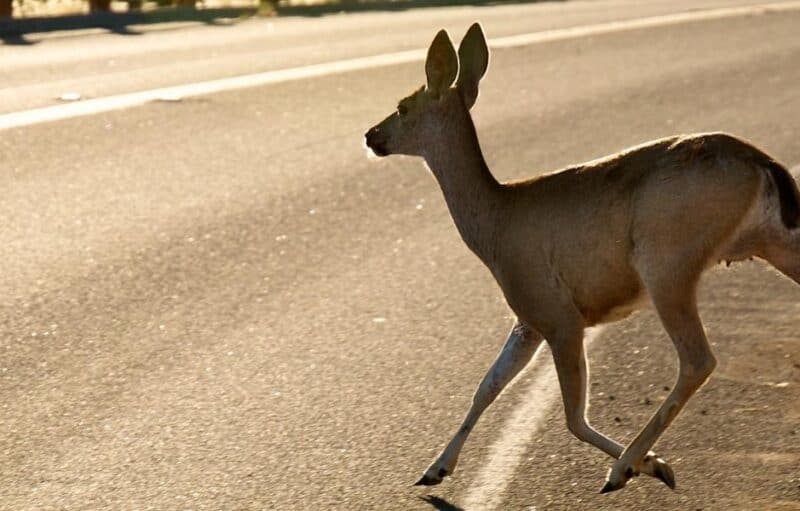PARK WATCH Article March 2022 |
ReefWatch intern India Ambler tells us about the invasive kelp taking over our bays – and our latest citizen science project to help control it.
Stroll along the slatted boards of any jetty or pier in Port Phillip Bay, and you may notice, even from the surface, the thriving community of marine plants and animals below your very feet. Barnacles and bryozoans jostle for space with sponges and sea stars. Artificial structures such as jetties and piers support rich and diverse ecosystems, owing in part to their role in providing habitat for colonisation.
But if you were to take a closer look, you’d likely spot a flourish of green-ish brown in the water, too. Sizeable fronds may be visible among the other marine life occupying the wooden pylons.
These fronds usually belong to an invasive species known as Japanese Kelp, Undaria pinnatifida (or wakame). It was introduced to Australia from the cool waters of the north-west Pacific Ocean, where it thrives along the coasts of Japan, Korea, China and Russia. The species was first identified in Tasmania in 1988 and in Port Phillip Bay in the late 1990s.
More recently, the appearance of Undaria closer to the heads of Port Phillip Bay has raised concerns about it spreading to the open coast and invading previously unaffected areas.
A note on marine pests
Undaria is deemed a nationally significant marine pest species on the Australian Priority Marine Pest List (APMPL) and is recognised as being among the 100 worst invasive species in the world.
Marine pests are invasive plants or animals that threaten the health of marine ecosystems. They usually possess attributes that afford them advantages over other species – and Undaria is no exception.
The kelp is capable, for example, of reproducing quickly and in large numbers, enabling it to compete with and potentially outgrow native kelps. Adults (sporophytes) can release millions of microscopic life stages (zoospores) into the surrounding water at a time – an estimated 100 million per plant each year! These life stages are long-lived and can persist in the water column for long periods and disperse over long distances (hundreds of metres) before settling on the seafloor. Early maturity, coupled with a rapid growth phase (usually between April and June), further contribute to the formidable reproductive prowess of this species.
Undaria can also inhabit a wide range of environments – piers and jetties included. It grows best in sheltered habitats. This may explain why it is often found in marinas and harbours, much to the chagrin of boat owners and fishers alike. It is, however, creeping towards the open coast, raising concern for this as yet unaffected habitat.
What is its impact on the environment?
While the long-term impacts of Undaria in our waters are not yet well understood, its appearance in Victoria has raised alarms for many reasons.
Undaria is quick to colonise areas that have been recently disturbed – perhaps due to the dieback of native kelps or grazing by sea urchins. Like a common garden weed, Undaria takes advantage of disturbance or patchiness and establishes itself in a new environment, effectively pushing other species out. It has been known to impact upon the habitat of native species, including Golden Kelp (Ecklonia radiata) and Giant Kelp (Macrocystis pyrifera). A loss of a keystone species like Giant Kelp may in turn alter the structure and function of the marine communities it occupies.
Most of these impacts are still speculative. Scientists are yet to determine just how competitive Undaria really is, or if it is simply opportunistic.
The kelp has, however, been known to wreak havoc elsewhere, and the species’ ability to ‘hitch a ride’ on vessels, anchors and mooring lines has helped to facilitate its rapid spread throughout Victoria
What can we do?
It is very difficult to manage marine pests due to the natural connectivity of the ocean. To date, there have been three main management approaches to the introduction of marine pests: do nothing, complete eradication (rarely successful), or containment/control.
Given the pervasive nature and abundance in Port Phillip Bay, Undaria’s complete eradication seems unrealistic. We can, however, target key locations throughout Port Phillip Bay to hamper the spread towards the open coast – and that is what our ReefWatch program will be doing.
Kicking off in April, ReefWatch volunteers will be undertaking underwater weeding on both the Bellarine and Mornington Peninsulas. Using methods developed by Parks Victoria and with the help of local dive stores, Undaria will be removed monthly from two sites (yet to be decided) to determine if the citizen scientists can:
- be trained in identification and removal methods
- completely remove Undaria from a region
- monitor the population of native kelp (Ecklonia radiata)
While the project will ultimately provide information to those responsible for managing marine pests in Victoria, more importantly, it will empower and educate the community on ways they can help protect and preserve their local environments.
This project is supported by the Department of Environment, Land, Water and Planning’s Port Phillip Bay Fund.
More
Did you like reading this article? You can read the latest full edition of Park Watch magazine online.
Want to be kept up to date about this and other nature issues in Victoria? Subscribe to our email updates.
You can also receive our print magazine Park Watch four times a year by becoming a member. Find out more.
